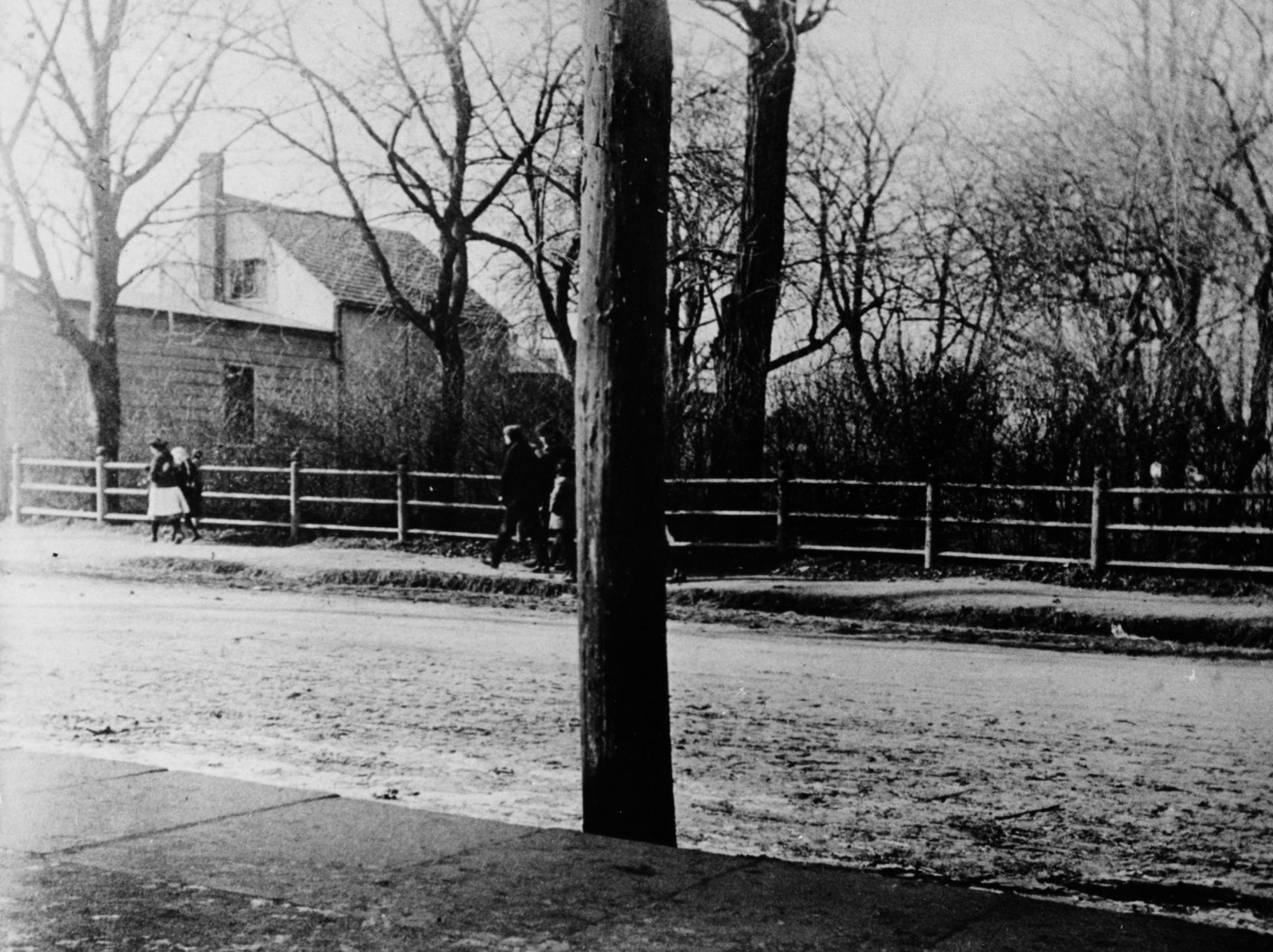Long ago a Village Green was a grassland used for grazing animals, and many communities have a small park with trees, grass and benches, often called the village green.
Great Neck’s green was not grazing land.
Rather, it was once part of the elegant Brokaw estate property. The story of creating Great Neck’s beautiful Village Green is a 1920s tale of two enterprising women.
One of those two women was Louise Eldridge who inherited much of Saddle Rock along with the Grist Mill. She incorporated her estate as a village in 1911.
In 1927, not long after women got the right to vote, she succeeded her husband, Roswell, as mayor of the village and is said to have been the first woman mayor in New York State.
In 1907 Louise and Roswell built a permanent home for the community library she had established, the beautiful Tudor style building on Arrandale Avenue which is Great Neck House today (and has a Great Neck Historical Society placque).
In 1916 Roswell delivered a petition to the Town of North Hempstead to create the Great Neck Park District.
Louise, who donated over 400 trees and shrubs to the new cemetery at All Saints Church, was very interested in landscaping.
So it is not surprising that she contacted Beatrix Farrand, in 1903, to design her estate gardens.
Beatrix Jones Farrand was another remarkable lady.
Drawing on an early interest in plants and design, she sought training in botany and became one of the first women to become a professional landscape designer.
What Farrand found in Saddle Rock was the old farmhouse Louise had inherited, recently rebuilt or enlarged, looking down to a cove on Little Neck Bay.
Farrand described it as charming, like Louise, who had real kindliness and unselfishness.
When Farrand fell ill during the planning, she wrote that the design had to be finished by the architect and “it is an abomination in my eyes.” Farrand continued to work with Mrs. Eldridge until 1930.
At Mrs. Eldridge’s request, Farrand also provided plans for another one of her Great Neck projects, the Village Green on Middle Neck Road.
Louise had assembled five acres of the W. Gould Brokaw estate and an adjoining parcel owned by the school district for the new park. School children contributed $23.48 in pennies.
Between 1922 and 1924 Farrand submitted drawings for a garden, bandstand, fountain, wall, gate and plantings.
Plants were ordered from local businesses, including Hicks Nurseries.
The bandstand, designed by Farrand. was built in 1928 to honor Roswell Eldridge who died the year before.
The bandstand is still standing, but like many of Farrand’s gardens, some of the basic design remains but the original planting has disappeared. Recent storms destroyed many trees.
In 1925, plans were made to enlarge the nearby library building on Arrandale Avenue.
Farrand submitted designs for gardens at each end of the building and also for an outdoor reading room for children.
Farrand’s plan was named the Great Neck Green Public Library.
However, the building was not enlarged, and the garden plans were never realized.
While Mrs. Eldridge was the first to bring Farrand to Great Neck, the landscaper’s largest project on Long island was for S. Vernon Mann, a stockbroker. Mann’s Kings Point property. Grove Point, had 230 feet of shoreline on Manhasset Bay. Between 1918 and 1930, Farrand submitted hundreds of drawings for a terraced garden, cutting garden, swimming pool, tennis courts, summer house, and more.
It is certain that much of Farrand’s landscaping at Grove Point did not survive.
In September 1937, the New York Times stated that Mann’s century-old house was undergoing substantial renovation and would probably be offered for sale at about $105,000.
The surrounding property was being developed as Broadlawn Harbor. Six residences had been completed and four more were being offered for inspection.
During the years that Beatrix Jones was submitting plans to Louise Eldridge, she married Yale history professor Max Farrand.
After they moved to California she frequently traveled across the country while running a very professional landscape business.
Some of her many projects included designs for Princeton University, Yale University, Oberlin College, Oheka Castle on Long Island, Dumbarton Oaks, and, at Mrs. Woodrow Wilson’s request, the While House.
While Great Neck is not mentioned, there is a new novel about Beatrix Farrand and her aunt, Edith Wharton: “A Lady of Good Family” by Jeanne Mackin.
You can borrow a copy from the Great Neck Library.
For more serious reading, try “Long Island Landscapes and the Women Who Designed Them” by Cynthia Zaitzevsky, also available at the Library.
Great Neck Historical Society – Saving the Past for the Future. And then, to become a member, visit www.greatneckhistorical.org. or write to us at PO Box 234483 Great Neck, NY 11023. Visit us on Facebook.



